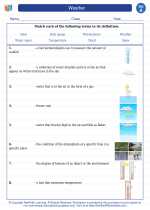Rain Gauge
A rain gauge is a meteorological instrument used to measure the amount of precipitation, typically in the form of rainfall, that occurs over a certain period of time. It is an important tool for monitoring and studying weather patterns, as well as for agricultural and water resource management.
How does a rain gauge work?
A rain gauge works by collecting and measuring the amount of rainfall that falls into it. The most common type of rain gauge is a cylindrical container with a funnel at the top, which directs the rainfall into a measuring tube. The collected water is then measured using a scale to determine the amount of precipitation that has occurred.
Types of rain gauges
There are several types of rain gauges, including standard rain gauges, tipping bucket rain gauges, and weighing rain gauges. Each type has its own method for collecting and measuring rainfall, and may be used for different purposes and in different environments.
Why are rain gauges important?
Rain gauges are important for several reasons. They provide essential data for weather forecasting, climate research, and water resource management. By measuring and recording rainfall over time, scientists and meteorologists can better understand weather patterns and make more accurate predictions about future precipitation and its impact on the environment.
Study Guide
- What is the purpose of a rain gauge?
- How does a rain gauge work?
- What are the different types of rain gauges?
- Why are rain gauges important for weather forecasting and climate research?
- How can the data collected from rain gauges be used for water resource management?
Understanding the function of a rain gauge and its importance in monitoring precipitation is crucial for anyone interested in meteorology, environmental science, or agriculture. By studying the principles of rain gauges, you can gain a better understanding of how weather patterns are monitored and how rainfall data is used in various fields.
[Rain Gauge] Related Worksheets and Study Guides:
.◂Science Worksheets and Study Guides First Grade. Weather
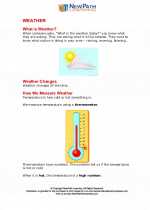
 Activity Lesson
Activity Lesson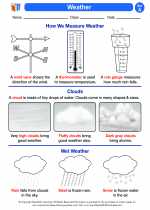
 Worksheet/Answer key
Worksheet/Answer key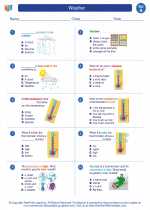
 Worksheet/Answer key
Worksheet/Answer key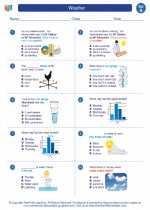
 Worksheet/Answer key
Worksheet/Answer key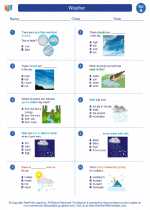
 Worksheet/Answer key
Worksheet/Answer key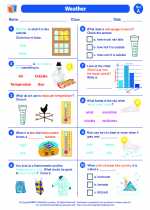
 Vocabulary/Answer key
Vocabulary/Answer key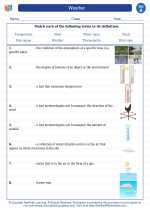
 Vocabulary/Answer key
Vocabulary/Answer key